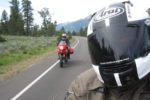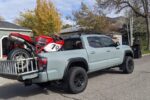Are “Quick Start Guides” Doing Riders a Disservice?
I recently received a great question on YouTube: “Why not just give step-by-step instructions like a refrigerator manual?”
It’s true, many programs, even my own past content, have relied on specific sequences to solve riding challenges. YouTube loves “listacles” like “27 Simple Steps to the Perfect Corner.” But it made me wonder, are these rote sequences a fundamental problem with motorcycle education? Is a “quick start guide” truly in a rider’s best interest?
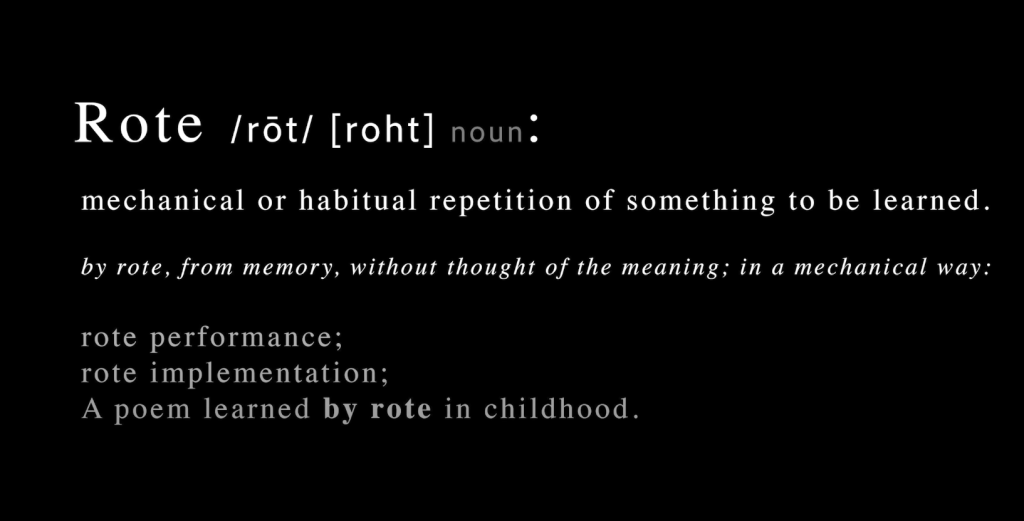
I’m Dave, a professional motorcycle coach for 25 years. I’ve taught basic rider courses, I’m a certified Champions coach with Yamaha Champ School, and I work with racers, among other things.
The Allure of Step-by-Step Instructions
Breaking down complex skills into repeatable processes makes learning seem easier. But I believe this approach has a narrow window of effectiveness.
Riding a motorcycle is both basic and incredibly complex. Start, stop, turn, shift – four simple actions. Yet mastering them takes a lifetime. There are two types of riders: “How” riders and “Why” riders. “How” riders want the steps and off they go. But great riders must become “Why” riders. Why am I doing this? This understanding informs what to do in any situation. That’s what I strive to teach – the “why.”
The Complexity Beneath the Surface
In his book “Motorcycle Dynamics,” Vittore Cossalter explains that while an airplane has six degrees of freedom, a motorcycle has eleven. A motorcycle’s movements are far more complex. (If you’re interested in exploring this further, let me know in the comments!)
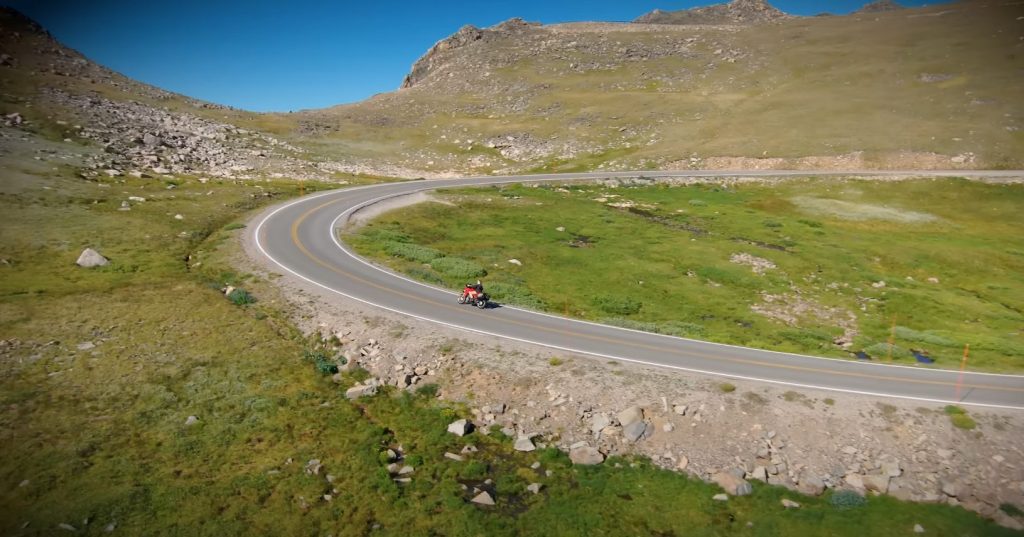
The point is, even seemingly simple things, like riding a motorcycle, involve complex physics. The correct answer to almost every riding question is “it depends.”
The Problem with Rote Learning
If riding was just a series of steps, you could follow a flow chart. But consider a corner. Step 1: Slow down. Step 2: Lean. Step 3: Turn. What happens when you encounter gravel? Or a decreasing radius? Or a sudden gust of wind? The rote sequence fails because real-world scenarios are rarely identical.
Rote learning doesn’t teach riders to think. It doesn’t foster understanding of the underlying principles. This is crucial for safe, adaptable riding. We need to develop riders who can analyze situations and make informed decisions, not just follow steps.
Building True Skill
True riding skill comes from understanding the why behind the how. It’s about developing feel, judgment, and the ability to adapt to constantly changing circumstances. This requires a deeper understanding of physics, mechanics, and human factors.
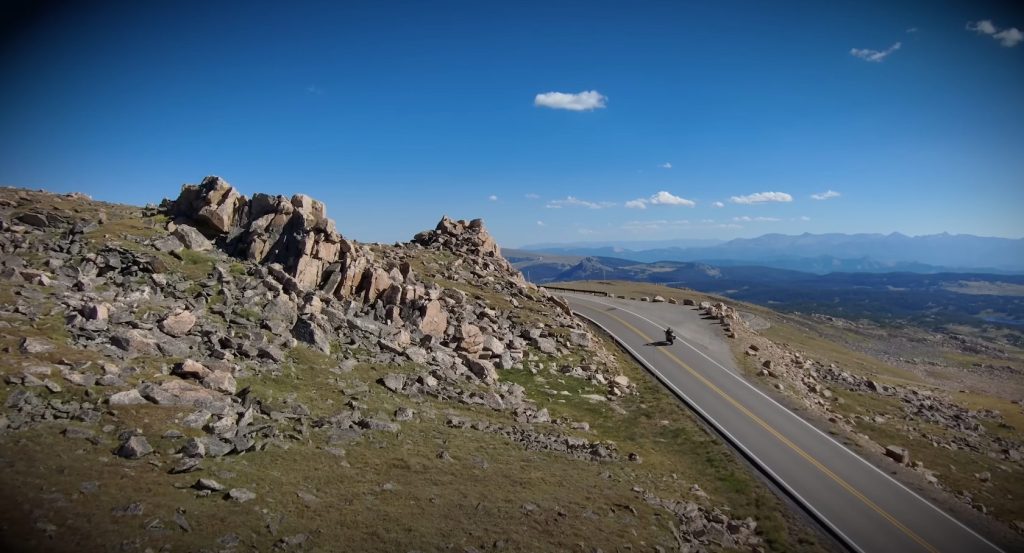
While step-by-step instructions might be a starting point, they shouldn’t be the end goal. We need to move beyond rote memorization and cultivate riders who can think critically and respond effectively to any situation.



